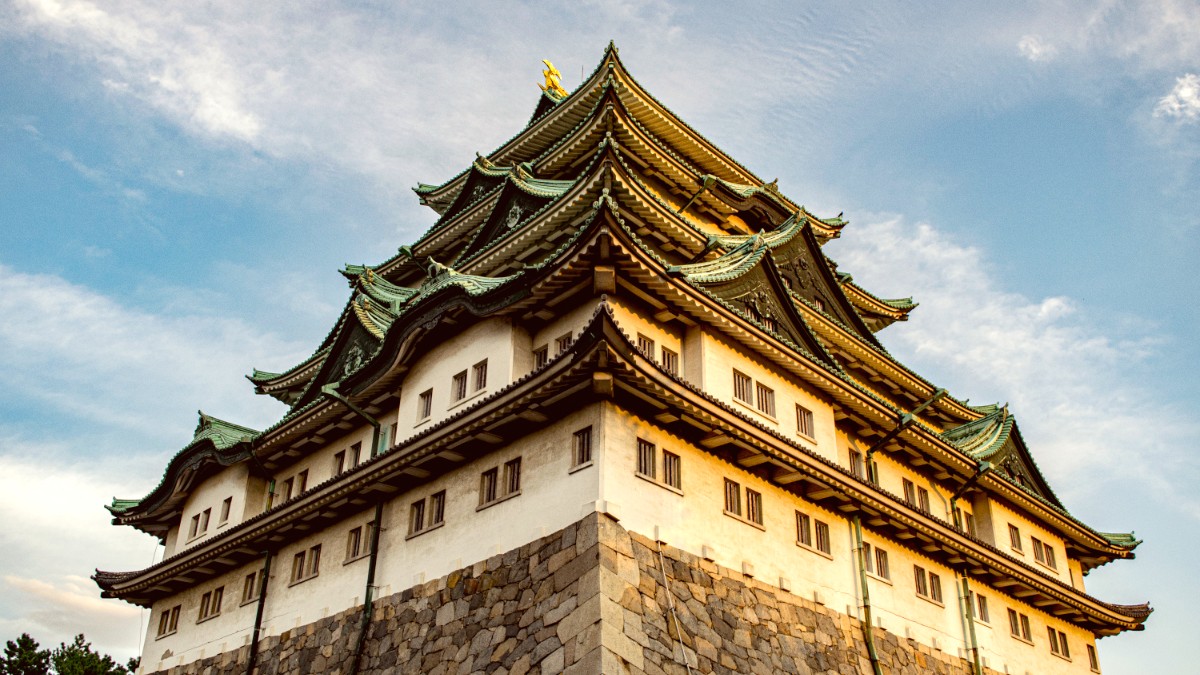
Central Honshu, Japan
Stay connected during your travels.
Access the internet and send mail with ease.
Navigate language differences during your visit.
Learning basic Japanese phrases shows respect and aids interactions.
Prepare for communication in Japan. A pocket Wi-Fi device or eSIM often yields the most reliable internet access.
Navigate Nagoya with knowledge of typical operating times.
Generally open from 10:00 AM to 8:00 PM; department stores may close earlier.
Lunch 11:00 AM-3:00 PM, Dinner 5:00 PM-10:00 PM; some izakayas stay open later.
Most convenience stores (konbini) operate 24/7 for your needs.
Access your funds with awareness of banking hours.
Plan your cultural visits by checking opening and closing times.
Holidays impact operating times and crowd levels. Advance planning ensures a smoother experience.
Respectful interaction and awareness of local customs enrich your experience and honor Nagoya's heritage.
Adhere to local customs for polite interactions.
Understand Japanese dining practices and common cultural taboos.
Observe guidelines for respectful photography.
Be aware of common taboos to avoid unintended disrespect.
Embrace local etiquette. Simple gestures and polite conduct foster positive interactions.
Nagoya steadily improves its accessibility for travelers with disabilities.
Nagoya's public transportation system is increasingly accessible.
Many major attractions accommodate visitors with mobility challenges.
Support for travelers with visual or hearing impairments.
Find current accessibility information for your trip.
Nagoya aims for an inclusive visitor experience. Confirm specific venue access prior to your visit.